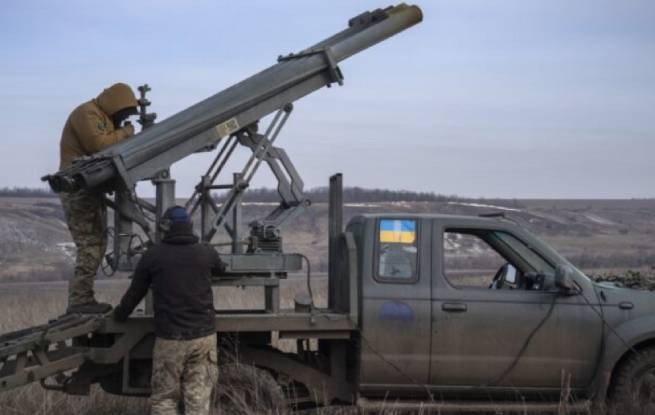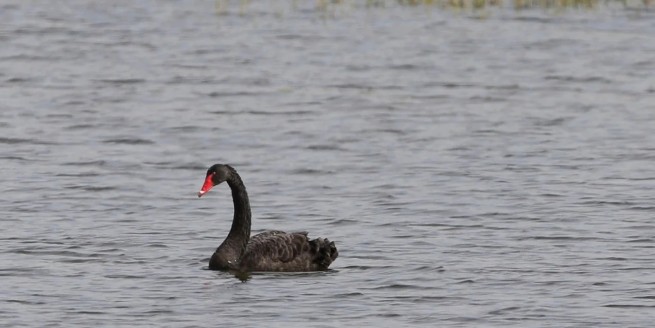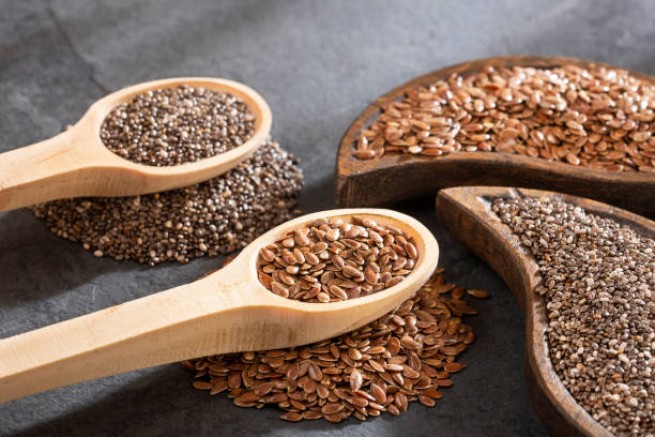Imports of lambs this year (until Holy Wednesday) are down at least 40% compared to the same period last year from Romania and secondarily from Bulgaria, North Macedonia and Albania.
This follows from the trade certificates presented by suppliers for meat products when importing goods and crossing the borders of Greece
“This means that the fraudulent phenomenon of the “hellenization” of Romanian lambs will be much less common. The vast majority of the mutton and goat meat that the consumer will buy this year is of Greek origin,” says Takis Peveretos, president of the Hellenic Livestock Association, to ethnos.gr.
“Renaming (where imported meat is passed off as locally produced) will never be eliminated. Some unscrupulous traders will always have an incentive to “unfair practices”. Since imported meat is usually cheaper. Passing off a Romanian lamb as a “Greek” one, merchants make a significant profit. And just something … I must say that the product is locally produced.
However, over the past ten years, according to experts, most professionals are aware of this and take care to do their job honestly,” said Stratos Nicolaou, general manager of quality assurance at ΕΛΓΟ- “Δήμητρα”, writes ethnos.gr.
Why imports from Romania have decreased
As Mr. Peveretos explains, the rising cost of lambs in Romania, as well as the opening of a neighboring country to new markets such as the United Arab Emirates, have reduced exports to Greece, despite the fact that Romania has a significant number of lambs, estimated at 10 million sheep population.
“Over the past two days, 6,000 lambs have arrived at the Greek market from Romania. How much went to the slaughterhouses and how much remained in the hands of the breeders, we cannot say. However, we know that a week ago, especially in Romania, prices were high, and we did not have such a large import as in other years. When Romanians sell lamb (live weight) for 4-4.5 euros, this corresponds to 7-7.5 euros per carcass. If you add transport costs, then the prices will be the same as ours. It’s not profitable,” emphasizes Mr. Peveretos.
How prices are formed
From breeders on the islands, sheep go to merchants and are sold at a price of 5 euros per kilogram because there are no slaughterhouses and merchants buy them alive. In Crete, breeders sell lambs for about 7 euros, while in the rest of Greece, prices range from 7 to 8 euros per kilo.
According to livestock breeders, most lambs and goats will be sold by butchers for 12 euros per kilo. “And since many people are selling lamb for 13-14 euros per kilogram, this is a scandalous profit,” explains Zisis Parlicis, president of the Turnavos Livestock Association, the largest in Greece.
Decreased consumption
Both livestock keepers estimate that meat consumption will decline this year due to inflation and financial pressures faced by consumers. “Many people will not be able to buy lamb meat this year. Citizens do not have the opportunity to pay 14–15 euros per kilogram,” says the president of the livestock association.
Lambs were disposed of prematurely and at low prices to merchants because they could not feed them. As the breeders explain, over the past two months, a lot of lambs and goats have been sold at prices close to 5 euros, because breeders could not afford to continue feeding them because of the rising cost of feed. In most cases, merchants keep them in their own stalls, while others slaughter and store them in refrigerators (chilled), and sell them “fresh” (not frozen products) as early as Easter. “They can sell them to the consumer even for ten euros,” explains the president of ΣΕΚ.
At the same time, according to experts, with the top selling price for breeders of 8 euros (6.5 euros last year), the production of one kilogram of lamb reaches 9 euros for a breeder. “The cost is not covered. Selling at a loss. We are fighting to save our herds, our fields and, most importantly, to save our villages from extinction. Livestock is experiencing the biggest crisis in 40 years,” explains Mr. Parlizis The total cost of production increased by 70% compared to last year, with 65%-70% for feed and 15%-20% for energy costs.
According to Mr. Parlicis, if before last year he paid 200 euros for electricity for his livestock complex, this year he received a bill for 1200 euros for the corresponding period.
Clover last year in this period of time was sold at 0.17-0.18 euros per kilogram (on the islands it reached 0.25 euros per kilogram). This year, the price has reached 0.40 euros in the islands and 0.50 euros in the rest of Greece. The cost of corn from 0.22 euros last year has exceeded 0.45 euros this year; the price of barley from 0.20 euros reached 0.38 euros and soybeans from 0.40 euros last year reached 0.67 euros.
Import from Romania
A total of 75,644 lambs were imported from January 1 to April 16, compared to last year (January 1 to May 6), when 132,912 lambs were imported into the country, mainly from Romania (of which 69,070 were for fattening and 63 943 – for immediate slaughter, within 48 hours). “There has been a significant decline this year,” Mr Nicolau said. It is significant that only 34,592 lambs were imported into Greece this year from April 11 to 16, mostly from Romania: either for immediate slaughter or for fattening. A relatively small increase in imports was expected in the last week.
Inspection of meat products to prevent “hellinization”
With the coordination of a working group established by the Minister of Rural Development and Food, Georgios Georgantas, led by Secretary General Christiana Kalogiu and Operational Coordinator Veterinarian Anastasia Charalambopoulou, with the assistance of ΔΙΜΕΑ, του ΣΔΟΕ, της ΕΛΑΣ, του Λ.Σ. της ΑΑΔΕ, της Οικονομικής Αστυνομίας, των Τελωνείων, των Κτηνιατρικών Υπηρεσιών, του ΕΦΕΤ και του ΕΛΓΟ, carried out systematic checks at points of entry into the country, on main roads, slaughterhouses and livestock farms in the central market – in order to prevent the “Hellenization » imported lambs and eggs.
“We monitor the products that are imported into the country. We track what goes to the slaughterhouse and then we check invoices and “movement” of products to the point of sale. Our goal is to create as many obstacles as possible to prevent this specific practice of “Hellenization,” says Mr. Nicolau.
The main violations identified by the control mechanisms relate to lack of traceability and identification data from the slaughterhouse, lack of indication of origin (at the slaughterhouse), etc.






More Stories
What influenced Greece’s decision to help Kyiv with weapons?
The Minister of Health called the protesters "insignificant people, kafirs"
Gold Switzerland: “We are in the last 5 minutes of our financial system – the collapse of everything is approaching”